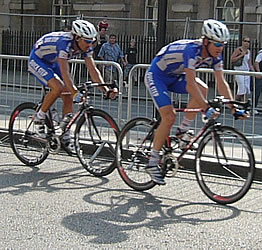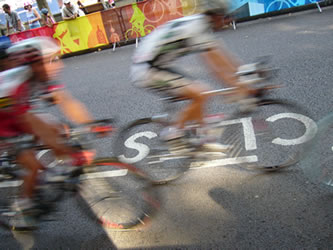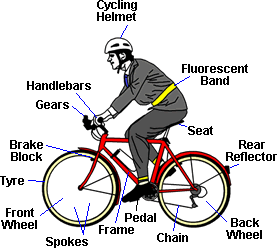Study, work or travel in the UK. British
culture and life.


Riding a bicycle in the UK
|
|
Study, work or travel in the UK. British
culture and life.
|
|
||
|
|
|
|
||
 |
||||
|
|
|
|
||
 |
||||
|
Riding a bicycle in the UK
|
||||
|
Sections:
|
Introduction |
 |
| Vocabulary | ||
| Bicycle shops | ||
| Bicycle safety and manners | ||
| Bicycle theft / insurance | ||
| Links |
 |
 |
 |
The word bicycle is often shortened to bike. |
 |
Cyclecraft:
The Complete Guide to Safe and Enjoyable Cycling for Adults and Children Author: John Franklin Publisher: Publisher: Stationery Office Books Date: April 2007 |
|
|
|